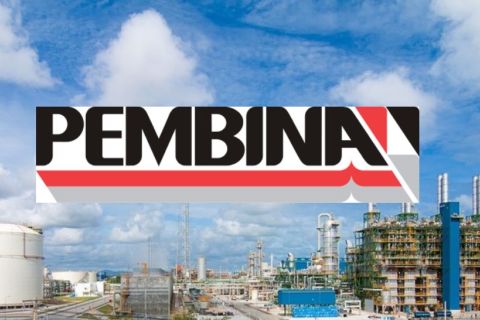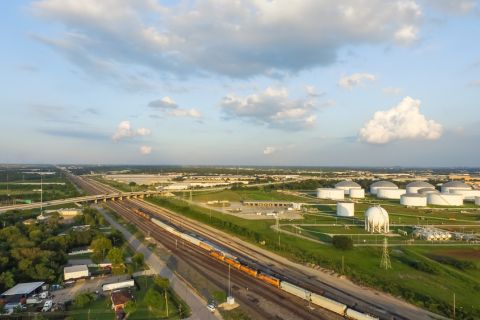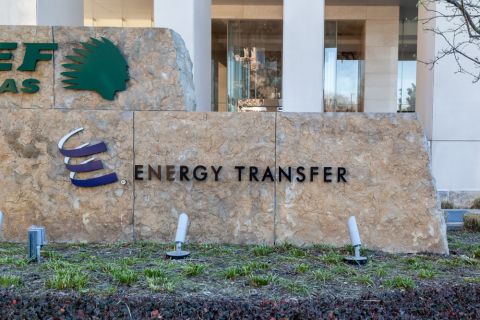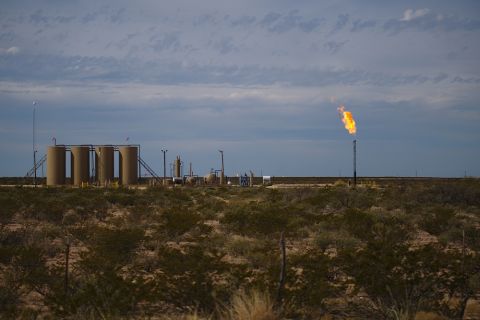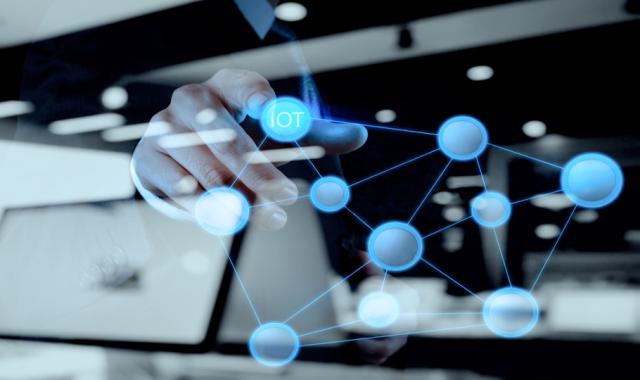
HOUSTON—When Moray Laing asks someone “What is the Internet of Things?” he gets a different answer every time.
The IoT was described in a Fortune article as “the use of sensors and other Internet-connected devices to track and control physical objects.” Results from a Google search described it as a “scenario in which objects, animals or people are provided with unique identifiers and the ability to transfer data over a network without requiring human-to-human or human-to-computer interaction.”
Software firm SAS, where Laing is the executive lead for oil and gas, called it a “growing network of everyday objects—from industrial machines to consumer goods—that can share information and complete tasks while you are busy with other activities, like work, sleep or exercise.”
The IoT consists of assets, communication networks between the assets and computing systems that use the data, which are gathered from sensors, and analyzed. Acquiring such data in real-time enables companies to analyze and adjust quickly. For the oil and gas sector, this could mean making drilling adjustments on the spot when activities downhole need to be fine-tuned. It could also mean collecting data from various sources, analyzing it and using that knowledge to grow production and revenue.
“The whole concept is around enrichment of what we currently have,” Laing explained.
Laing moderated a four-person panel that gathered on Aug. 19 to discuss the transforming power of the Internet of Things during the SAS Energy Analytics Forum. Discussion centered on not only the industrial IoT network and concept, but also other tools that add value such as predictive analytics, visualization and related software needed to turn the concept into reality.
The IoT could have a positive impact for the oil and gas sector by putting its abundant data to use, according to the panelists.
“What you want to do is maximize economic value. How do you learn how things are progressing in real time?” said Satyam Priyadarshy, chief data scientist for Halliburton. Deploying a significant number of IoT modules and sensors to gather data can help, he said, adding this allows companies to make decisions faster.
But the first step is thinking more about streaming analytics, said Cindy Crow, industry principal for OSIsoft. She used fracking a well as an example, pointing out the need to have detailed data by the seconds instead of minutes.
“If you are fracking a well and you turn and realize that there’s too much pressure and you’re overfracturing and communicating with the well next to it, you’ve lost that well,” Crow said. “You need that kind of data integrity and quality data to solve these issues.”
In time, Crow said she thinks there will be more use of streaming analytics in the oil patch. When such information is coupled with other real-time analytical, geospatial and unstructured data, it will provide an opportunity to get more value from the data gathered today, she said.
Another area of opportunity could lie in instrumentation on rigs, which provides access to data, according to John MacPherson, senior technology advisor for Baker Hughes. Rigs have metadata attached, but data quality is an issue. Upgrades are needed.
“We have to move it up to another level,” he said.
The same can be said of maps and location data. Danny Spillmann, director of global business development, natural resources, for Esri, pointed out that most people use their cellphones to access maps for directions. But how many people can bring up a map of one of their companies’ operating fields on their phones, he asked. Only two hands were visible.
“People want to be able to see this information anywhere, at any time and on any device,” he said. “The combination of real-time analytics, real-time data [and] map data will change the way people make decisions, and it’s going to allow them to make decisions in real time.”
But implementing the IoT is not without challenges. Cybersecurity and connectivity issues, especially given that companies are going deeper and farther offshore, are among them. Technical solutions exist, but cost is a concern.
Operating in silos and not making data available across various departments is another issue, according to Priyadarshy. MacPherson agreed, saying the sector is siloed.
But “as soon as you start to move data between silos, the value goes up exponentially,” MacPherson said.
The key to breaking down walls, providing access to needed information, is helping others see the value of that data, panelists said.
Velda Addison can be reached at vaddison@hartenergy.com or via Twitter @veldaaddison.
Recommended Reading
Pembina Pipeline Enters Ethane-Supply Agreement, Slow Walks LNG Project
2024-02-26 - Canadian midstream company Pembina Pipeline also said it would hold off on new LNG terminal decision in a fourth quarter earnings call.
Midstream Operators See Strong NGL Performance in Q4
2024-02-20 - Export demand drives a record fourth quarter as companies including Enterprise Products Partners, MPLX and Williams look to expand in the NGL market.
Post $7.1B Crestwood Deal, Energy Transfer ‘Ready to Roll’ on M&A—CEO
2024-02-15 - Energy Transfer co-CEO Tom Long said the company is continuing to evaluate deal opportunities following the acquisitions of Lotus and Crestwood Equity Partners in 2023.
Enbridge Sells Off NGL Pipeline, Assets to Pembina for $2.9B
2024-04-01 - With its deal to buy Enbridge’s NGL assets closed, Canada's Pembina Pipeline raised EBITDA guidance for 2024.
Waha NatGas Prices Go Negative
2024-03-14 - An Enterprise Partners executive said conditions make for a strong LNG export market at an industry lunch on March 14.

